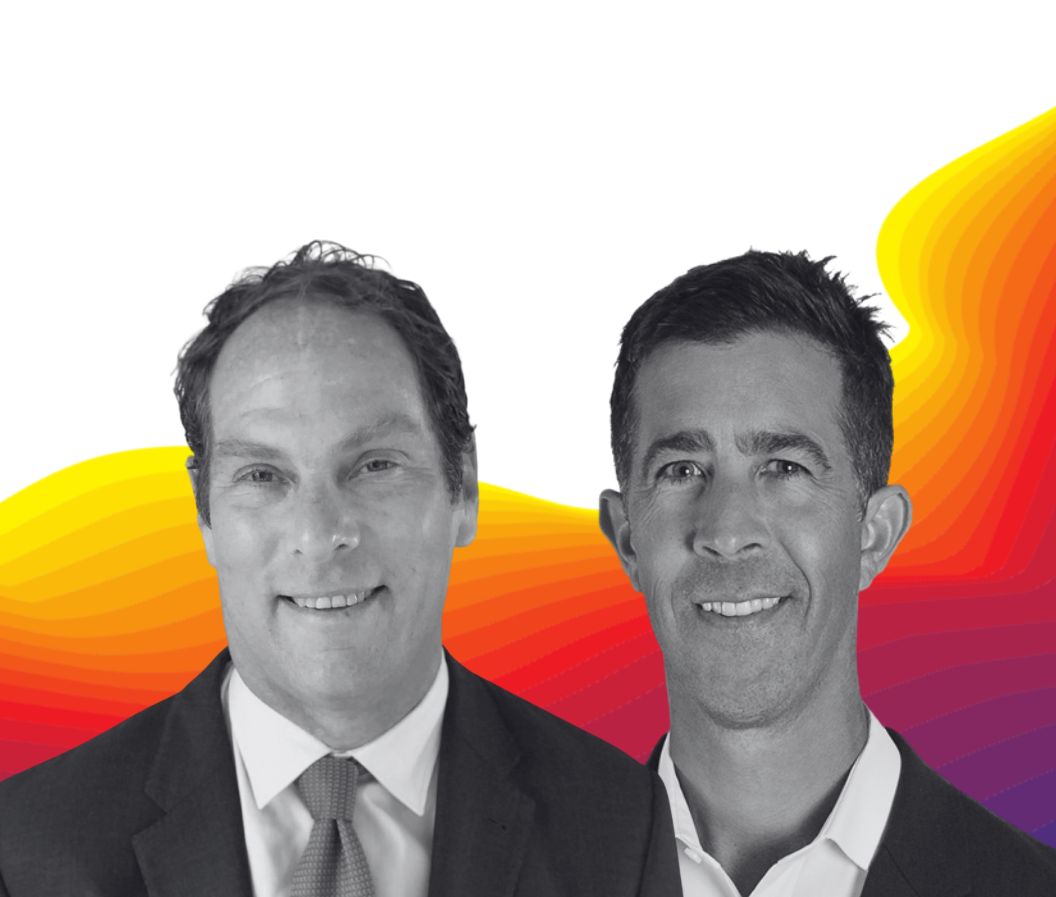It’s time to be invested.
The race is on to protect our planet.
Join us in navigating this unprecedented opportunity.
.png)

Latest Episode
The $9 Trillion Adaption Opportunity with Adapt[us]
Oct 17, 2025
0:00
/
0:00
.svg)



See All
https://episodes.captivate.fm/episode/1b6fb839-f3e8-45d5-b58e-34b557fc353d.mp3

Our Mission
Invested in Climate empowers individuals to take meaningful climate action through their careers, investments, and everyday choices—spotlighting the unprecedented opportunities in the global shift toward decarbonization. We help people find their role in building a thriving, sustainable future.
Featured EPISODES
Conversations with bold thinkers driving climate solutions through innovation, capital, and policy.
OUR series
Deep Dives
In collaboration with mission-aligned partners, we take a closer look at pivotal themes, unpacking complex climate topics through curated conversations with leading experts and change-makers.
Bridging the Climate Finance Gap with Blackhorn Ventures & Spring Lane Capital
The Missing Middle in Climate Tech
Financing Climate Tech from Growth to Scale with Spring Lane Capital & Capricorn Investment Group
The Missing Middle in Climate Tech
Rethinking Climate Finance with Spring Lane Capital & S2G
The Missing Middle in Climate Tech
The Role of Family Offices with Spring Lane Capital & CREO
The Missing Middle in Climate Tech
Climbing Star Alex Honnold and his Foundation’s Mission to Change Lives with Solar, Ep #117
Climate Philanthropy
Movement infrastructure investing with Pisces Foundation David Beckman
Climate Philanthropy
Catalytic Climate Investing and Philanthropy with MacArthur Foundation
Climate Philanthropy
Leveraging Non-Dilutive Funding as a Climate Founder
Climate Grant Funding in a New Era
Grant Funding in a New Era with Climate Finance Solutions
Climate Grant Funding in a New Era
Grant Management & Strategy: How to Win & Deliver on Climate Grants
Climate Grant Funding in a New Era

Newsletter
Sign up for updates, new podcast releases and event invitations.
Get new podcast episodes, expert insights, and event invites delivered right to your inbox.




![The $9 Trillion Adaption Opportunity with Adapt[us]](https://cdn.prod.website-files.com/67f34a72059fd2e4dc342580/68f1c4f65fa2b458d3cb7d3a_122%20Card.png)









.png)




.png)
